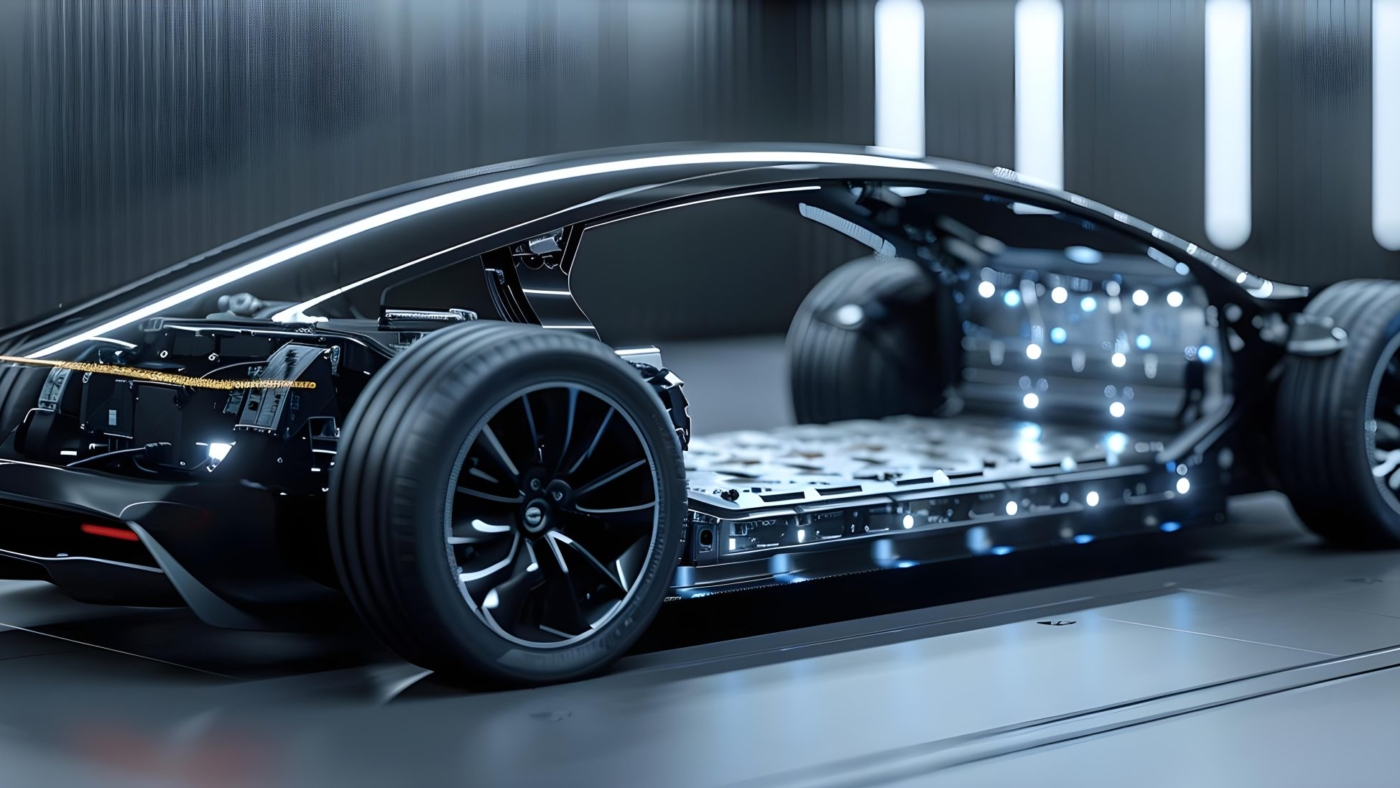The race for longer-range electric vehicles just took a dramatic leap forward, with Mercedes-Benz announcing that its experimental solid-state battery technology has enabled an astonishing 1,205 kilometers (roughly 750 miles) on a single charge. That figure shatters existing benchmarks and signals a future where range anxiety may finally be put to rest. But before American consumers rush to place orders, there’s a critical caveat: this breakthrough isn’t yet ready for mass production, and the timeline for when it will be available in U.S. showrooms remains uncertain.
Solid-state batteries have long been regarded as the “holy grail” of EV technology. Unlike today’s lithium-ion packs, which rely on liquid electrolytes, solid-state designs replace them with solid materials that allow for higher energy density, faster charging, and improved safety. The results are evident in Mercedes’ record-breaking test, which shows that with solid-state chemistry, an EV could travel farther on a single charge than many gasoline-powered vehicles can on a full tank. For U.S. drivers accustomed to covering long distances—whether it’s cross-country road trips, long suburban commutes, or extended highway travel—this kind of range could redefine what it means to own an electric vehicle.
Still, Mercedes is quick to acknowledge that this technology is not ready for immediate commercialization. Building solid-state batteries at scale poses enormous challenges, from sourcing materials to ensuring consistent quality and longevity under real-world conditions. Laboratory results are one thing, but mass-producing durable, affordable packs that can withstand the rigors of everyday use is another. For now, the record serves more as a glimpse into the future than a promise for the present.
In the U.S. market, where consumer expectations are shaped by the convenience of gas stations and the dominance of long-range vehicles like SUVs and trucks, this breakthrough holds huge psychological weight. One of the biggest hurdles for EV adoption in America has been skepticism over range. Even as models like the Tesla Model S and Lucid Air push past 400 or even 500 miles per charge, a large portion of drivers remain hesitant. A battery capable of 750 miles on a single charge would not just close that gap—it would obliterate it, making EVs more appealing than their gasoline counterparts for all but the most extreme use cases.
Another intriguing angle for U.S. drivers is the potential impact on charging infrastructure. With such extended range, drivers wouldn’t need to plug in nearly as often, reducing strain on charging networks and making road trips more practical. Imagine driving from New York City to Chicago without needing to stop once, or from Los Angeles to San Francisco and back on a single charge. For a nation where distances are vast and the car is central to everyday life, this could dramatically shift perceptions of EV convenience.
However, cost remains a looming question. Even if solid-state batteries deliver extraordinary performance, the economics of bringing them to market at an affordable price point are daunting. Early production versions, when they do arrive, are likely to appear first in premium vehicles where customers are more willing to pay for cutting-edge technology. For the U.S., that means flagship models from Mercedes and potentially other luxury automakers could showcase the tech well before it trickles down to mainstream crossovers or pickup trucks.
There’s also the matter of timing. Most industry experts believe that solid-state EVs are still at least five to ten years away from mass-market availability. Companies like Toyota, BMW, and QuantumScape are all working feverishly to solve the scalability puzzle, but none have yet cracked the code. Mercedes’ achievement shows the potential payoff, but also underscores how far there is to go before drivers in Dallas, Denver, or Detroit can buy an EV with this level of range.
For now, American consumers can view this breakthrough as a promise of what’s to come. The shift to electrification is already underway, with government incentives, infrastructure buildouts, and corporate commitments accelerating adoption. But what Mercedes has demonstrated suggests that the EVs of the next decade may look very different from those on the road today—not just in how they perform, but in how they fit seamlessly into the rhythm of American life.
Final Thoughts
Mercedes-Benz’s solid-state battery record of 750 miles on a single charge is more than just a technical milestone—it’s a vision of what electric vehicles could eventually deliver. While production challenges mean it won’t be in dealerships tomorrow, the achievement represents a clear step toward an electrified future where range, convenience, and performance no longer stand as barriers. For U.S. drivers, it offers reassurance that the next generation of EVs won’t just match the expectations set by gasoline vehicles—they’ll surpass them. The only question now is when this future will arrive.

